Support Vector Machines
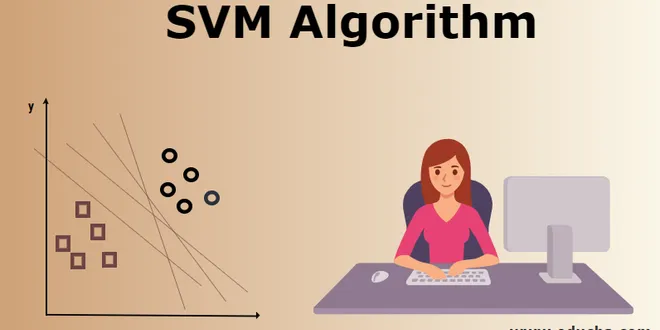
Support Vector Machines
In machine learning, support vector machines are supervised learning models with associated learning algorithms that analyze data used for classification and regression analysis. Given a set of…
📚 Read more at Analytics Vidhya🔎 Find similar documents
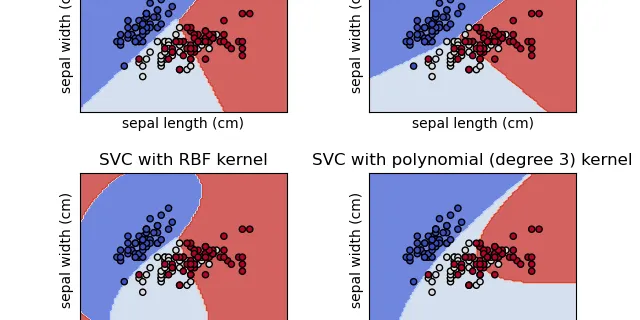
1.4. Support Vector Machines
Support vector machines (SVMs) are a set of supervised learning methods used for classification, regression and outliers detection. The advantages of support vector machines are: Effective in high ......
📚 Read more at Scikit-learn User Guide🔎 Find similar documents
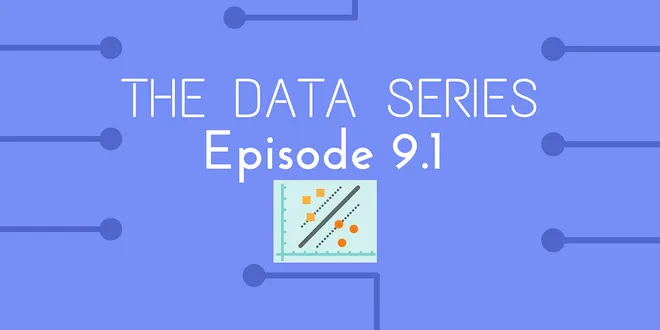
Support Vector Machines Explained
Support Vector machines are a common supervised machine learning algorithm used in both classification and regression problems, however are most commonly used for classification which will be the…
📚 Read more at Python in Plain English🔎 Find similar documents
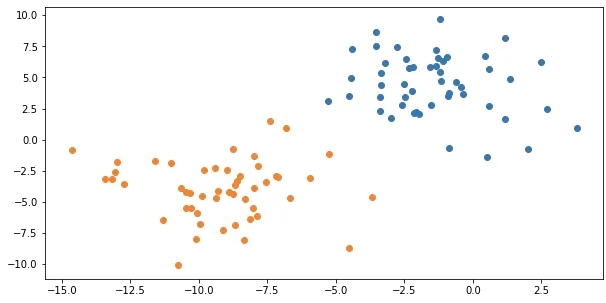
The Basics: Support Vector Machines
Support vector machines are a type of machine learning model used for classification that has proven to be very popular since their wider introduction in the ’90s. Somewhat confusingly, the names…
📚 Read more at Towards Data Science🔎 Find similar documents

Support Vector Machine (SVM)
Support Vector Machine (SVM). Support Vector Machine (SVM) is a supervised classifier and is defined by a separating hyperplane. In other words, given a set of labeled….
📚 Read more at Analytics Vidhya🔎 Find similar documents
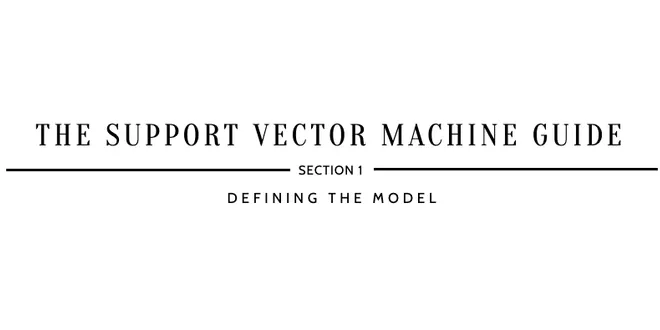
What is Support Vector Machine?
Support Vector Machine (SVM) is a supervised machine learning algorithm. SVM’s purpose is to predict the classification of a query sample by relying on labeled input data which are separated into two…...
📚 Read more at Towards Data Science🔎 Find similar documents

Explain Support Vector Machines in Mathematic Details
Support Vector Machine(SVM) is a supervised machine learning algorithm that is usually used in solving binary classification problems. It can also be applied in multi-class classification problems…
📚 Read more at Towards Data Science🔎 Find similar documents
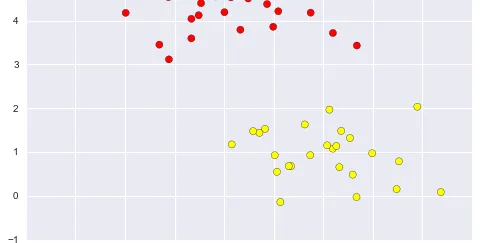
In-Depth: Support Vector Machines
Support vector machines (SVMs) are a particularly powerful and flexible class of supervised algorithms for both classification and regression. In this section, we will develop the intuition behind sup...
📚 Read more at Python Data Science Handbook🔎 Find similar documents
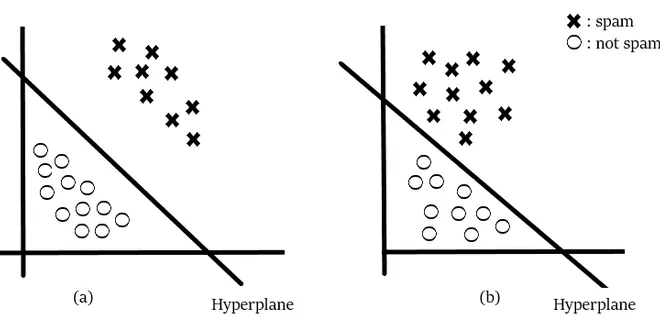
SUPPORT VECTOR MACHINES(SVM)
Support Vector Machine are perhaps one of the most popular and talked about machine learning algorithms.They were extremely popular around the time they were developed in the 1990s and continue to be…...
📚 Read more at Towards Data Science🔎 Find similar documents
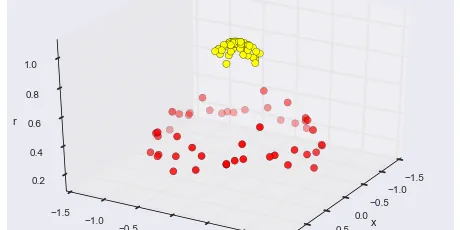
Support Vector Machine — Explained
Support Vector Machine (SVM) is a supervised machine learning algorithm which is mostly used for classification tasks. It is suitable for regression tasks as well. Supervised learning algorithms try…
📚 Read more at Towards Data Science🔎 Find similar documents
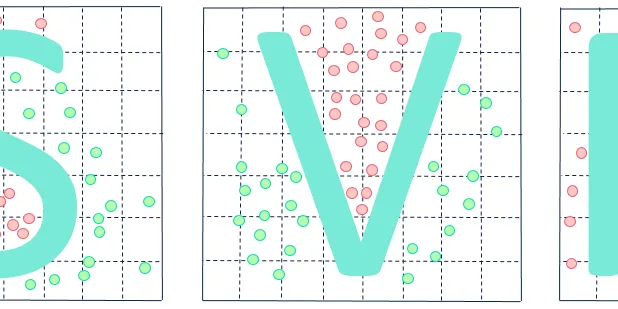
What is the Support Vector Machine (SVM)
Support Vector Machine (SVM) is a supervised machine learning algorithm. That can be employed for both classification and regression purposes. It uses a technique called the kernel trick to transform…...
📚 Read more at Analytics Vidhya🔎 Find similar documents
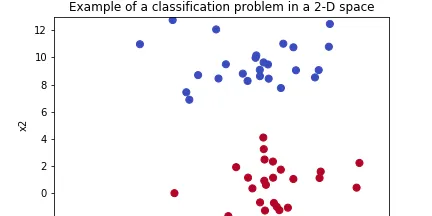
Support Vector Machine
Support Vector Machines are the most commonly used supervised learning algorithms for classification problems. This post discusses the mathematics/intuition behind Linear SVM algorithms with a light…
📚 Read more at Analytics Vidhya🔎 Find similar documents

